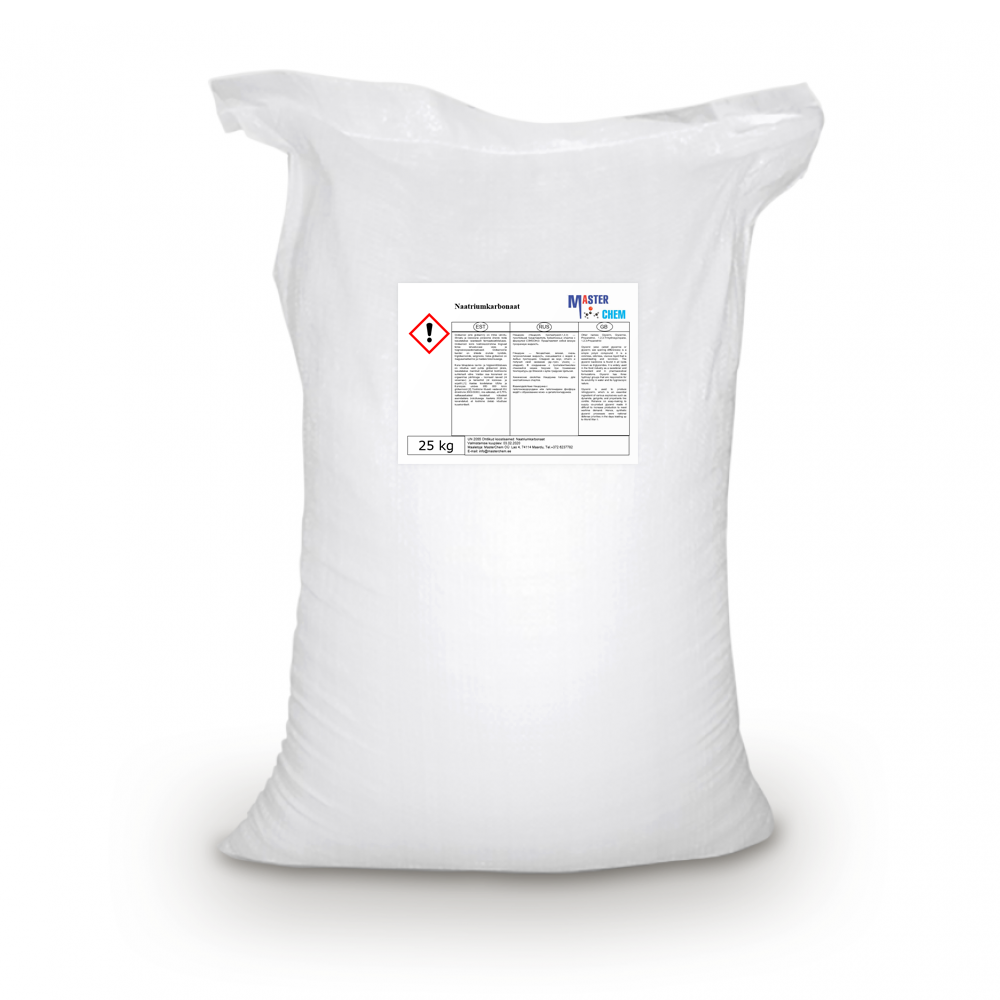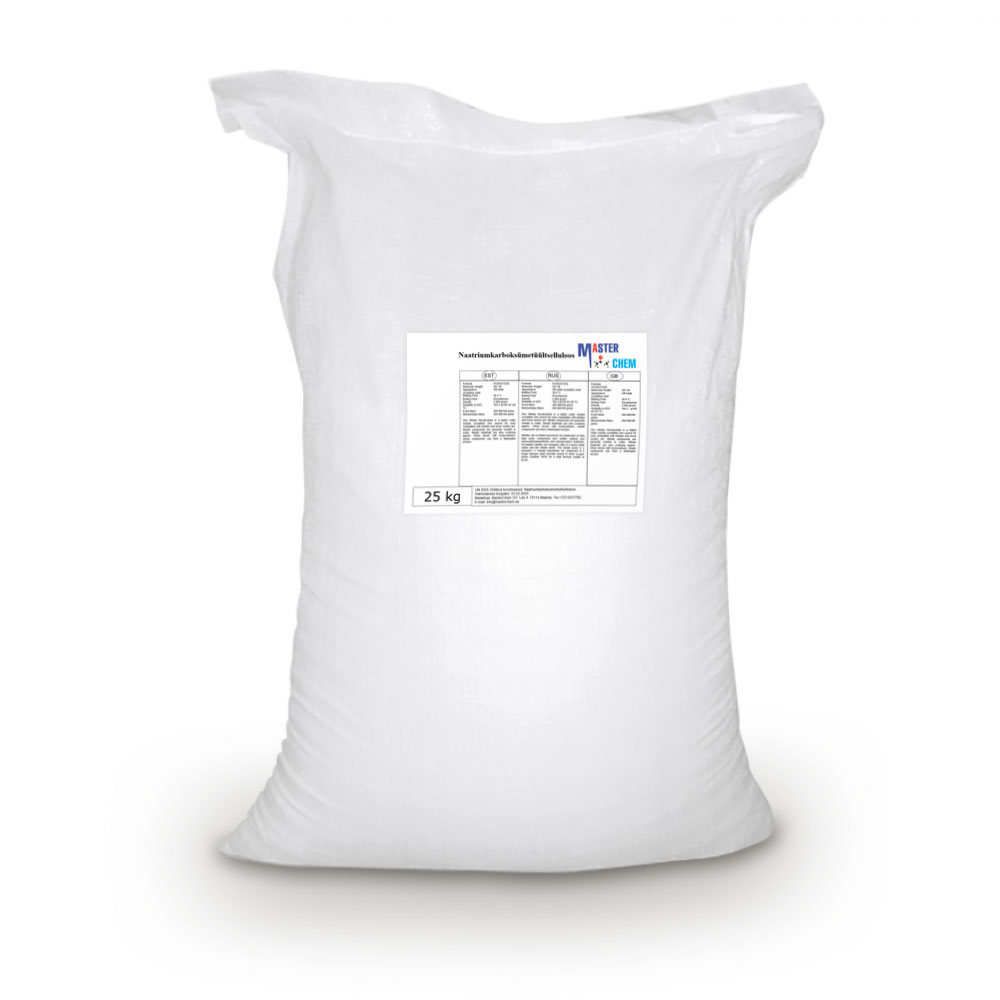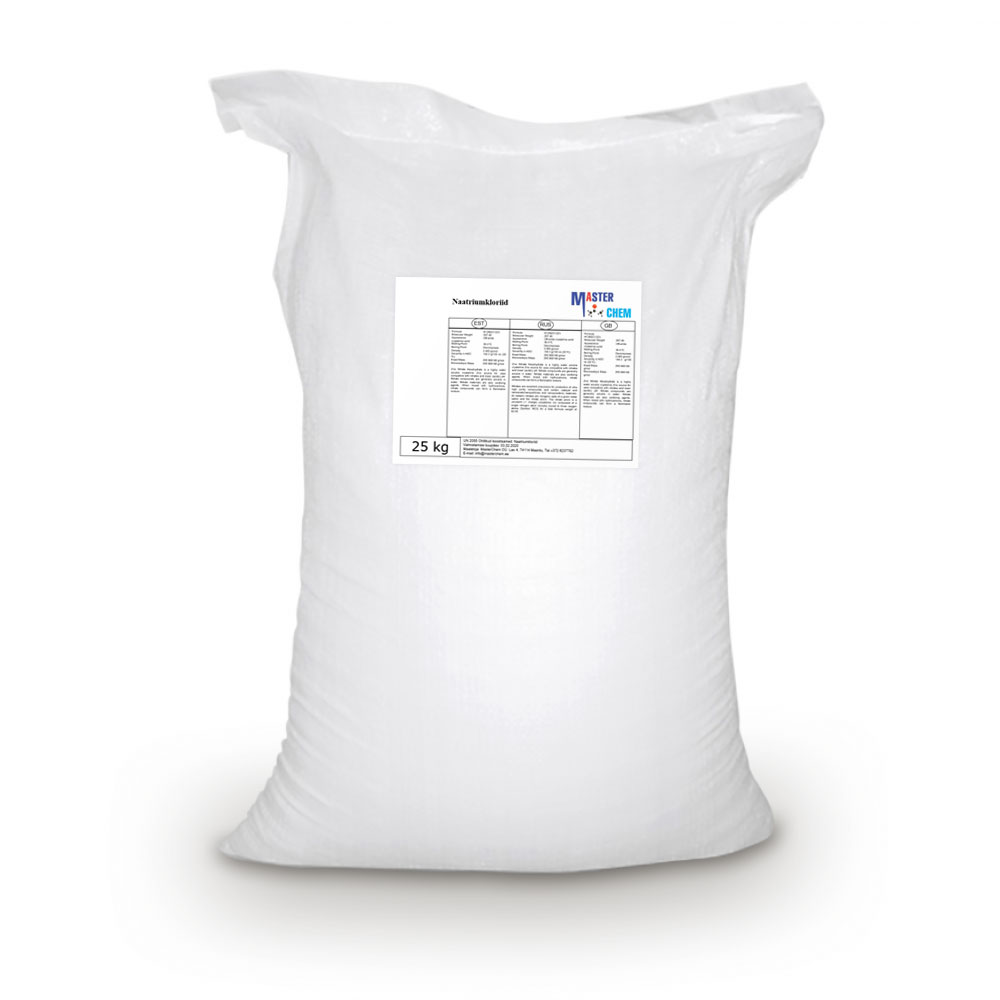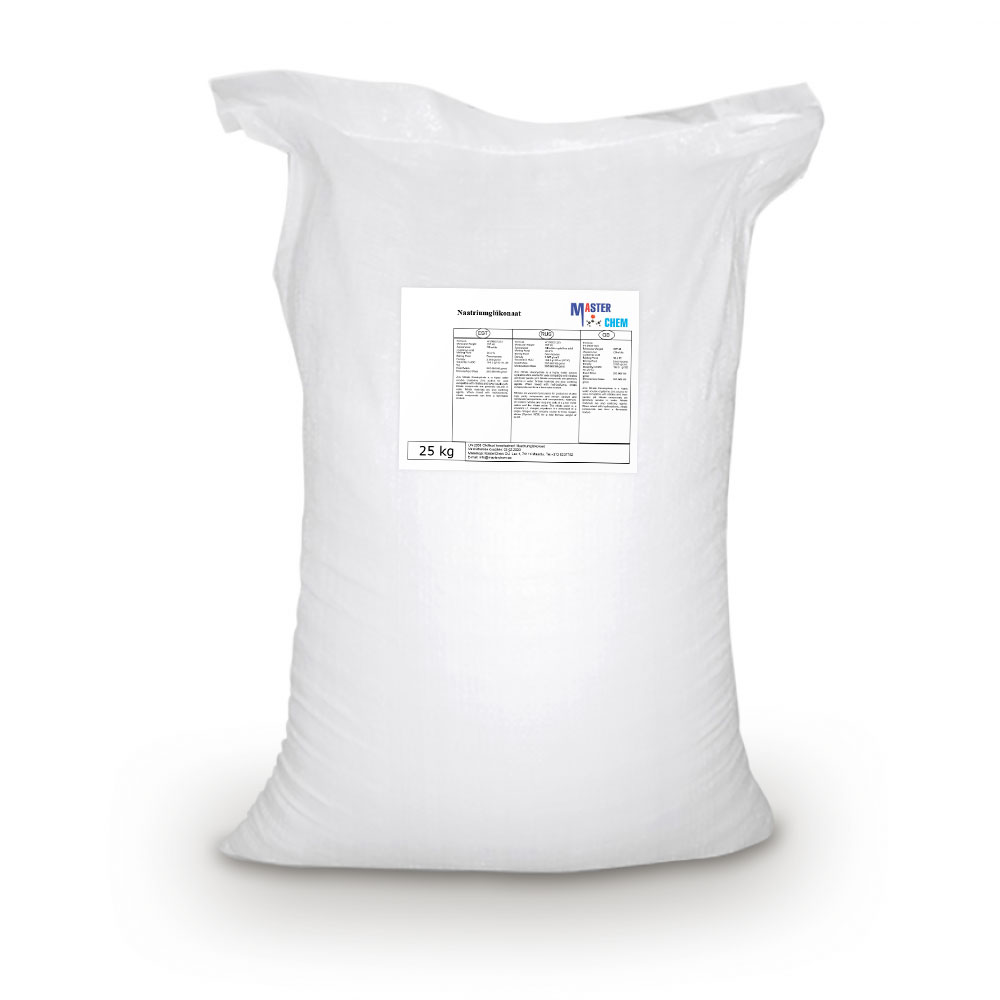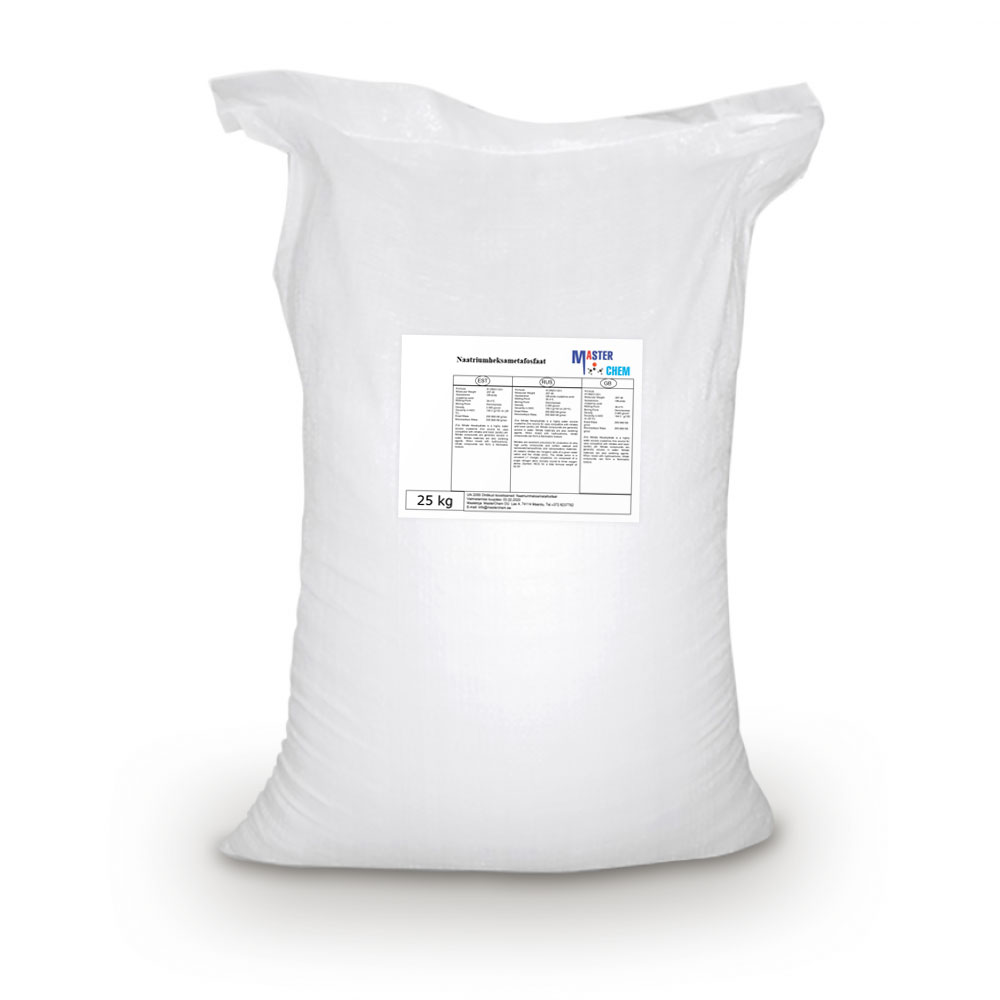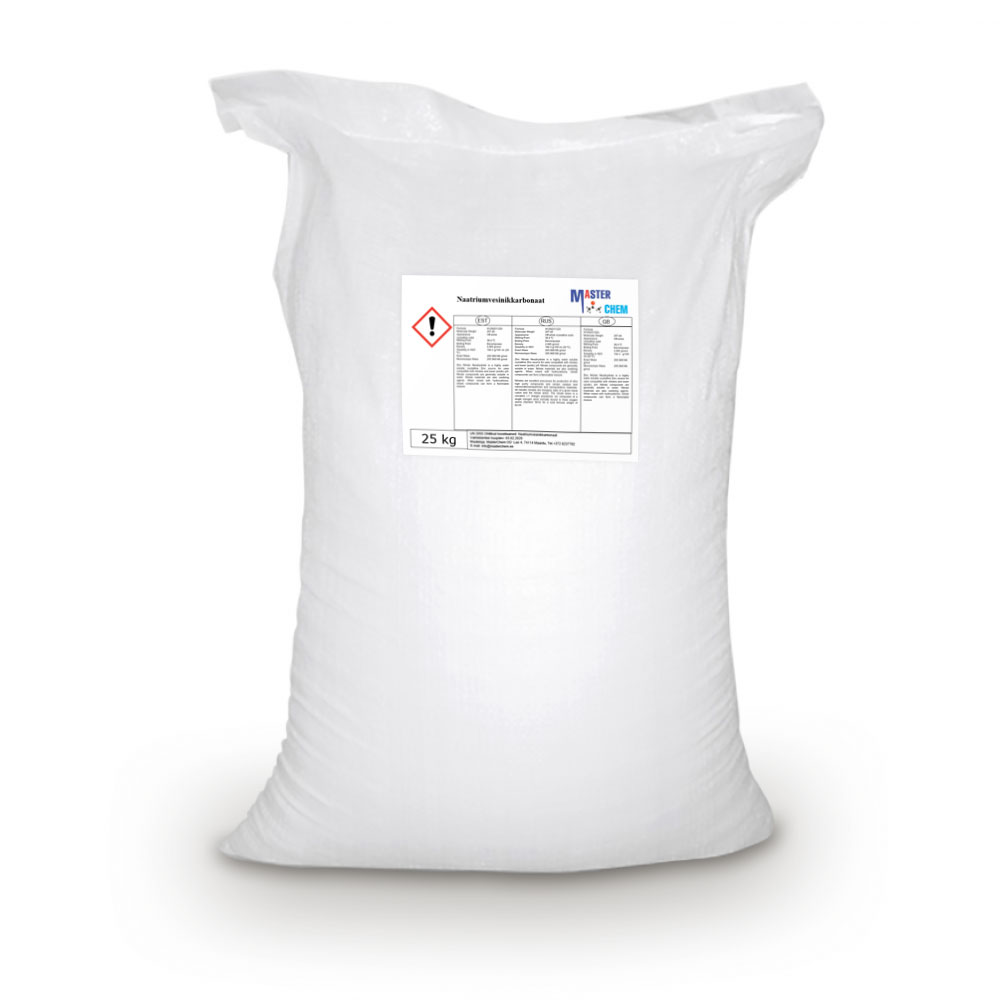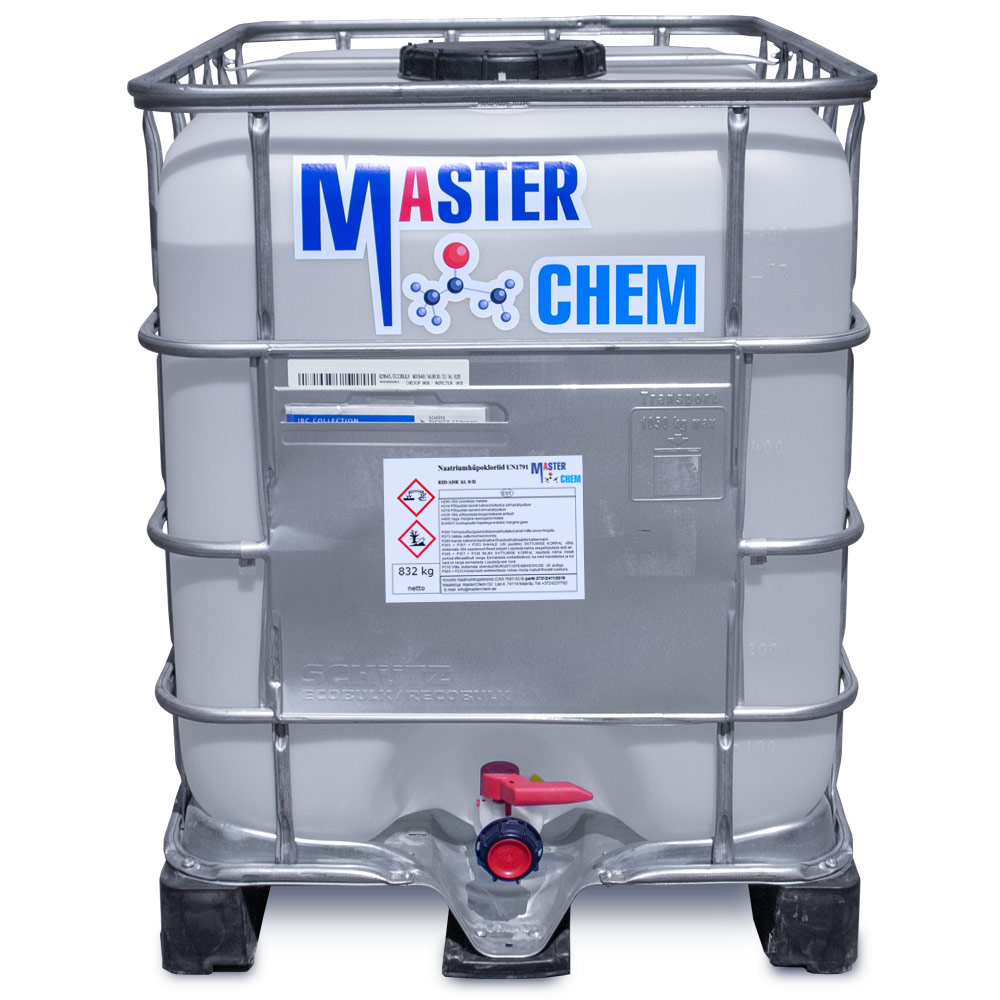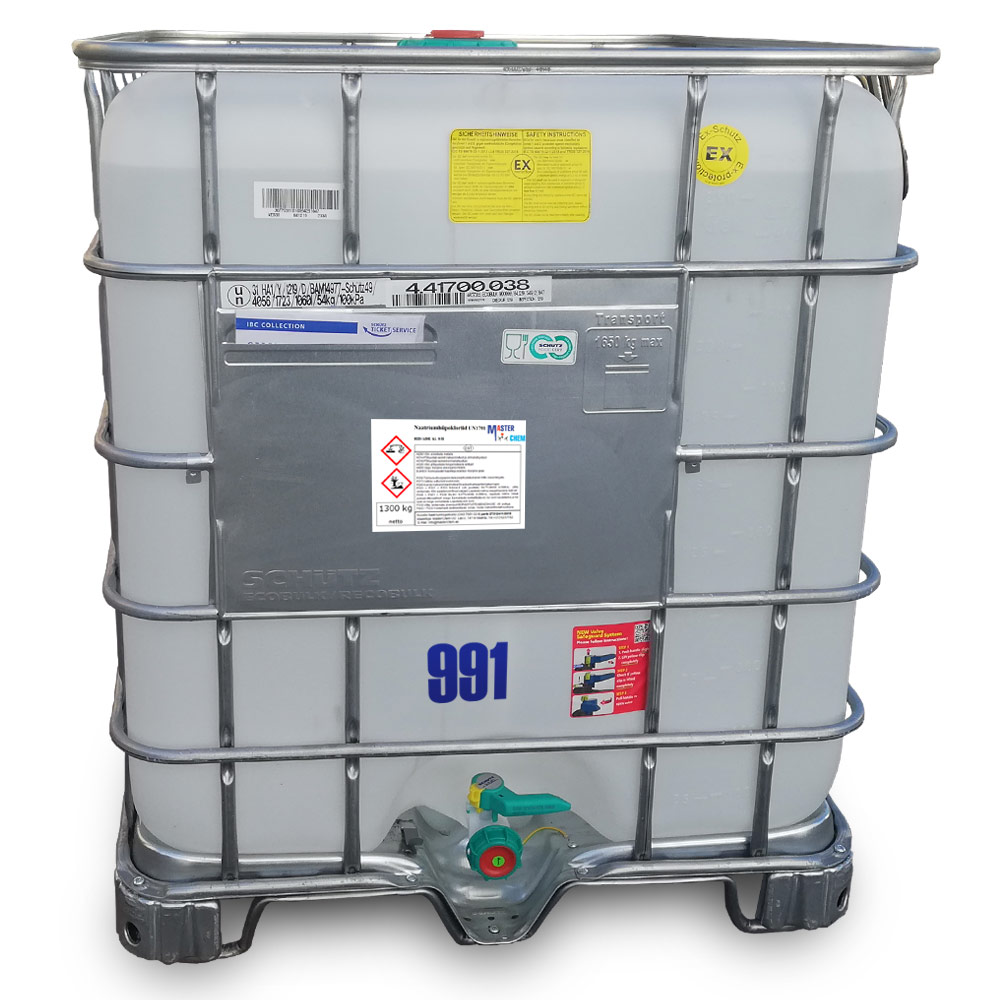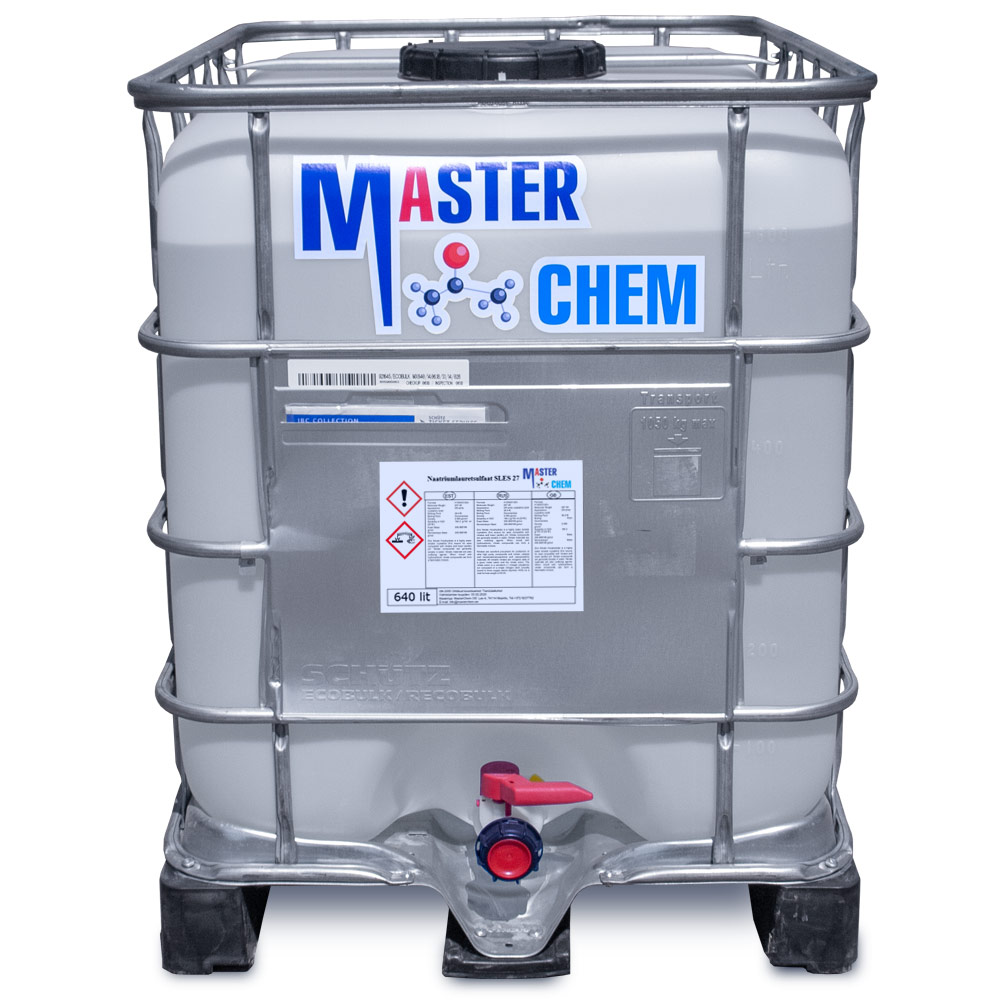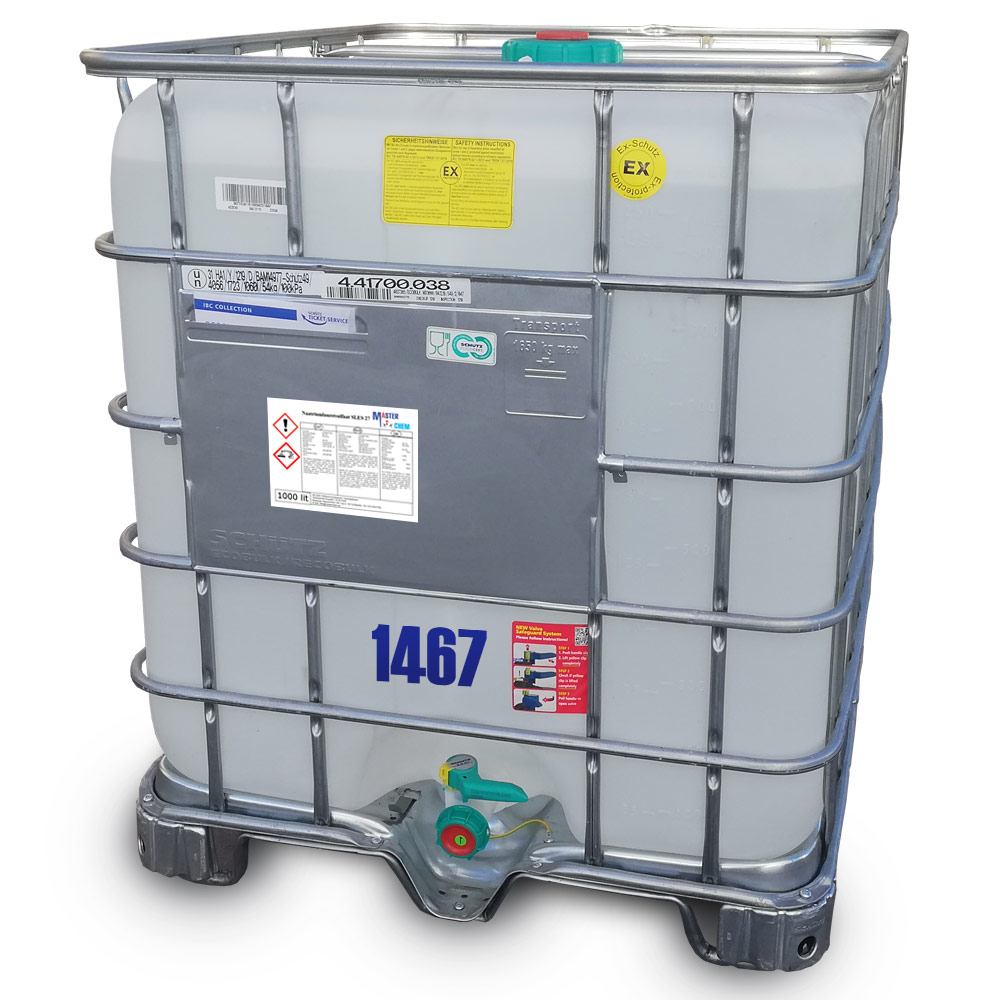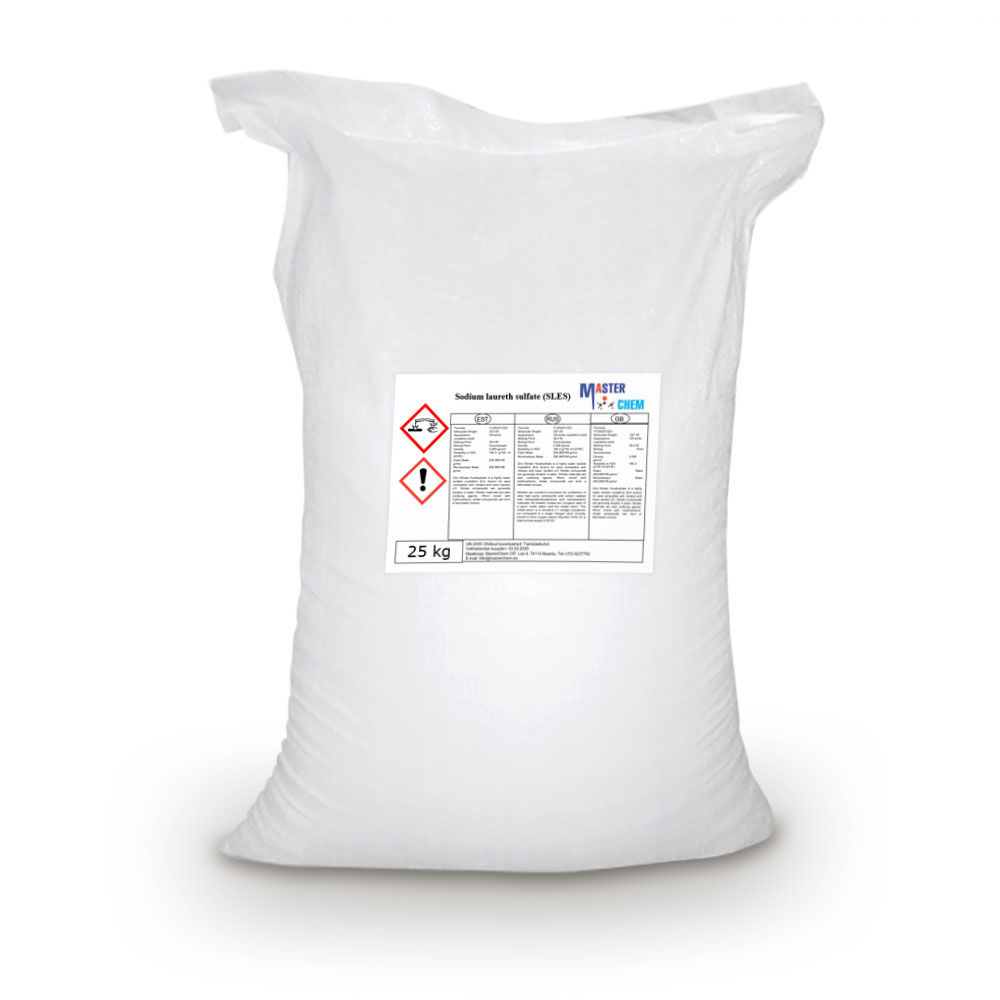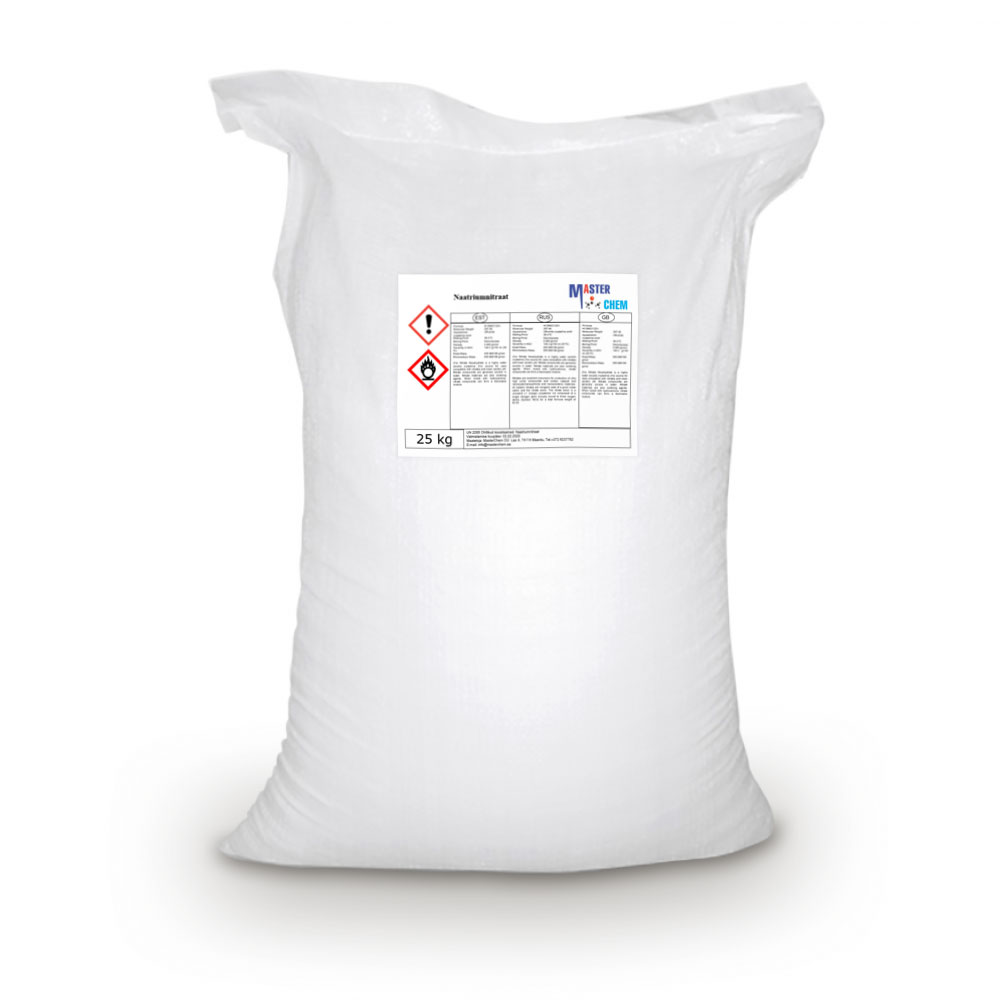Currently Empty: €0.00
Sodium carbonate (CAS 497-19-8)
Sodium carbonate (CAS 497-19-8)
Sodium carbonate, Na2CO3·10H2O, (also known as washing soda, soda ash and soda crystals) is the inorganic compound with the formula Na2CO3 and its various hydrates. All forms are white, odourless, water-soluble salts that yield moderately alkaline solutions in water. Historically, it was extracted from the ashes of plants growing in sodium-rich soils. Because the ashes of these sodium-rich plants were noticeably different from ashes of wood (once used to produce potash), sodium carbonate became known as “soda ash.” It is produced in large quantities from sodium chloride and limestone by the Solvay process.
Sodium Carboxymethylcellulose (CAS 9000-11-7)
Sodium Carboxymethylcellulose (CAS 9000-11-7)
Carboxymethyl cellulose (CMC) or cellulose gum is a cellulose derivative with carboxymethyl groups (-CH2-COOH) bound to some of the hydroxyl groups of the glucopyranose monomers that make up the cellulose backbone. It is often used as its sodium salt, sodium carboxymethyl cellulose. It used to be marketed under the name Tylose, a registered trademark of SE Tylose.
CMC is used in food under the E number E466 or E469 (when it is enzymatically hydrolyzed) as a viscosity modifier or thickener, and to stabilize emulsions in various products including ice cream. It is also a constituent of many non-food products, such as toothpaste, laxatives, diet pills, water-based paints, detergents, textile sizing, reusable heat packs, and various paper products. It is used primarily because it has high viscosity, is nontoxic, and is generally considered to be hypoallergenic as the major source fiber is either softwood pulp or cotton linter. CMC is used extensively in gluten free and reduced fat food products. In laundry detergents, it is used as a soil suspension polymer designed to deposit onto cotton and other cellulosic fabrics, creating a negatively charged barrier to soils in the wash solution. In ophthalmology, CMC is used as a lubricant in artificial tears to treat dry eyes. Extensive treatment may be required to treat severe dry eye syndrome or Meibomian gland dysfunction (MGD).
CMC is also used as a thickening agent, for example, in the oil-drilling industry as an ingredient of drilling mud, where it acts as a viscosity modifier and water retention agent. Sodium CMC(Na CMC) for example, is used as a negative control agent for alopecia in rabbits.
Knitted fabric made of cellulose (e.g. cotton or viscose rayon) may be converted into CMC and used in various medical applications.
Sodium chloride [rock salt] (CAS 7647-14-5)
Sodium chloride [rock salt] (CAS 7647-14-5)
Sodium chloride /ˌsoʊdiəm ˈklɔːraɪd/, commonly known as salt (although sea salt also contains other chemical salts), is an ionic compound with the chemical formula NaCl, representing a 1:1 ratio of sodium and chloride ions. With molar masses of 22.99 and 35.45 g/mol respectively, 100 g of NaCl contains 39.34 g Na and 60.66 g Cl. Sodium chloride is the salt most responsible for the salinity of seawater and of the extracellular fluid of many multicellular organisms. In its edible form of table salt, it is commonly used as a condiment and food preservative. Large quantities of sodium chloride are used in many industrial processes, and it is a major source of sodium and chlorine compounds used as feedstocks for further chemical syntheses. A second major application of sodium chloride is de-icing of roadways in sub-freezing weather.
Sodium chloride [salt tablets] (CAS 7647-14-5)
Sodium chloride [salt tablets] (CAS 7647-14-5)
Sodium chloride /ˌsoʊdiəm ˈklɔːraɪd/, commonly known as salt (although sea salt also contains other chemical salts), is an ionic compound with the chemical formula NaCl, representing a 1:1 ratio of sodium and chloride ions. With molar masses of 22.99 and 35.45 g/mol respectively, 100 g of NaCl contains 39.34 g Na and 60.66 g Cl. Sodium chloride is the salt most responsible for the salinity of seawater and of the extracellular fluid of many multicellular organisms. In its edible form of table salt, it is commonly used as a condiment and food preservative. Large quantities of sodium chloride are used in many industrial processes, and it is a major source of sodium and chlorine compounds used as feedstocks for further chemical syntheses. A second major application of sodium chloride is de-icing of roadways in sub-freezing weather.
Sodium Gluconate (CAS 527-07-1)
Sodium Gluconate (CAS 527-07-1)
Sodium gluconate is a compound with formula NaC6H11O7. It is the sodium salt of gluconic acid. Its E number is E576. Sodium gluconate is widely used in textile dyeing, printing and metal surface water treatment. It is also used as a chelating agent, a steel surface cleaning agent, a cleaning agent for glass bottles, and as a chelating agent for cement, plating and alumina dyeing industries. It is a white powder that is very soluble in water.
Sodium hexametaphosphate (CAS 10124-56-8)
Sodium hexametaphosphate (CAS 10124-56-8)
Sodium hexametaphosphate (SHMP) is a salt of composition Na6[(PO3)6]. Sodium hexametaphosphate of commerce is typically a mixture of metaphosphates (empirical formula: NaPO3), of which the hexamer is one, and is usually the compound referred to by this name. Such a mixture is more correctly termed sodium polymetaphosphate. They are white solids that dissolve in water.
Sodium hydrocarbonate (Baking Soda) (CAS 144-55-8)
Sodium hydrocarbonate (Baking Soda) (CAS 144-55-8)
Sodium bicarbonate (IUPAC name: sodium hydrogen carbonate), commonly known as baking soda or bicarbonate of soda, is a chemical compound with the formula NaHCO3. It is a salt composed of a sodium cation (Na+) and a bicarbonate anion (HCO3−). Sodium bicarbonate is a white solid that is crystalline, but often appears as a fine powder. It has a slightly salty, alkaline taste resembling that of washing soda (sodium carbonate). The natural mineral form is nahcolite. It is a component of the mineral natron and is found dissolved in many mineral springs.
Sodium laureth sulfate (SLES) 27 (CAS 68891-38-3)
Sodium laureth sulfate (SLES) 27 (CAS 68891-38-3)
Sodium laureth sulfate, or sodium lauryl ether sulfate (SLES), is a detergent and surfactant found in many personal care products (soaps, shampoos, toothpaste etc.). SLES is an inexpensive and very effective foaming agent. SLES, SLS and ALS are surfactants that are used in many cosmetic products for their cleansing and emulsifying properties. They behave similarly to soap.
Sodium laureth sulphate is an ionic surfactant that is primarily used as a surfactant.
An excellent foaming agent, that provides lasting and consistent foam with excellent skin cleaning abilities.
Sodium laureth sulphate imparts skin softening properties. Sodium laureth sulphate is an ionic surfactant.
Sodium laureth sulfate (SLES) 70 (CAS 9004-82-4)
Sodium laureth sulfate (SLES) 70 (CAS 9004-82-4)
Sodium lauryl polyoxyethylene ether sulfate, also known as Sodium laureth sulfate (SLES) is an anionic detergent and surfactant contained in many personal care products (soaps, shampoos, toothpaste etc.). It is an inexpensive and very effective foaming agent1. It is also a widely used in cleaning products and cosmetic. Its uses in these products have been thoroughly evaluated and determined to be safe for consumers and the environment2. However, this compound can be irritating to the eyes and skin, and may contain the carcinogen dioxane. The Cosmetic, Toiletry and Fragrance Association discourage SLES for prolonged use, unless in extremely low concentrations. According to a U.S. Environmental Protection Agency study, sodium laureth sulfate applied above a 5 percent concentration produced severe irritation, hair loss and death in laboratory animals. Despite controversy, SLES is a commonly used compound.
Sodium metasilicate pentahydrate (CAS 10213-79-3)
Sodium metasilicate pentahydrate (CAS 10213-79-3)
Sodium metasilicate is the chemical substance with formula Na2SiO3, which is the main component of commercial sodium silicate solutions. It is an ionic compound consisting of sodium cations Na+ and the polymeric metasilicate anions [–SiO2−3–]n. It is a colorless crystalline hygroscopic and deliquescent solid, soluble in water (giving an alkaline solution) but not in alcohols.
Sodium nitrate (CAS 7631-99-4)
Sodium nitrate (CAS 7631-99-4)
Sodium nitrate is the chemical compound with the formula NaNO3. This alkali metal nitrate salt is also known as Chile saltpeter (large deposits of which were historically mined in Chile) to distinguish it from ordinary saltpeter, potassium nitrate. The mineral form is also known as nitratine, nitratite or soda niter.
Sodium nitrate is a white deliquescent solid very soluble in water. It is a readily available source of the nitrate anion (NO3−), which is useful in several reactions carried out on industrial scales for the production of fertilizers, pyrotechnics and smoke bombs, glass and pottery enamels, food preservatives (esp. meats), and solid rocket propellant. It has been mined extensively for these purposes.

